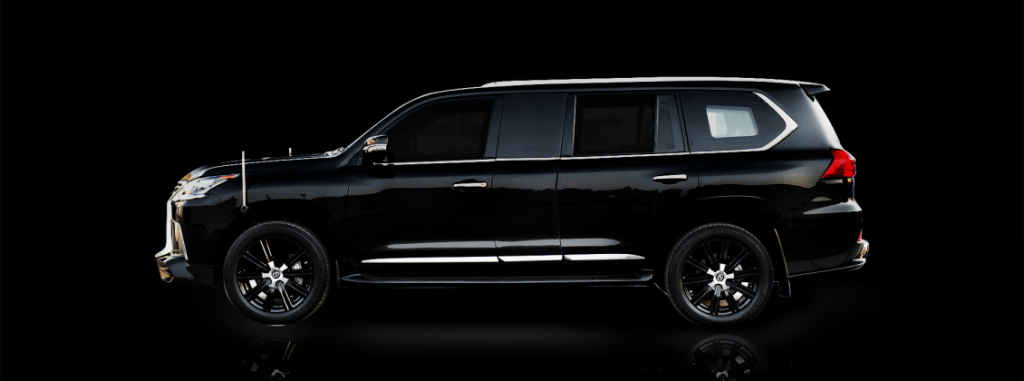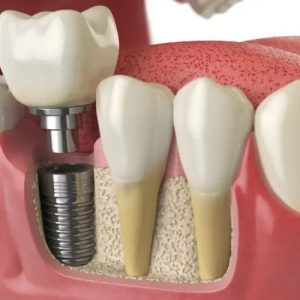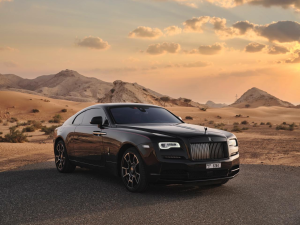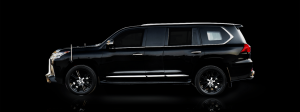Considering Armoring Your Vehicle? Here Are The Best Material Options!

Armored tactical vehicles are designed to protect personnel and equipment against various threats, including bullets, explosives, and chemical attacks. To achieve this level of protection, armored vehicles are constructed using various materials designed to absorb, deflect, and deflect attacks.
Steel:
One of the most important materials used in armored vehicles is steel. Steel is used for various purposes, including constructing the chassis, armor plating, and other structural components. Steel is strong and durable and is resistant to deformation and damage. However, it is also relatively heavy, which can limit the mobility and speed of the vehicle.
Aluminum:
Another material that is commonly used in armored vehicles is aluminum. Aluminum is much lighter than steel, which makes it an attractive choice for the construction of armor plating. It is also strong and durable and is resistant to corrosion. However, aluminum is not as strong as steel and is less effective at stopping high-velocity bullets.
Composite materials:
A third material that is commonly used in armored vehicles is composite materials. Composite materials comprise a combination of materials, including fibers (such as carbon or Kevlar) and resin (such as epoxy). They are lightweight and strong and are resistant to deformation and damage. Composite materials are often used in the construction of armor plating and other structural components, as they offer a high strength-to-weight ratio.
Ceramics, polyethene, and glass:
Other materials commonly used in armored vehicles include ceramics, polyethene, and glass. Ceramics, such as alumina and silicon carbide, are extremely hard and brittle and are used to enhance the armor plating of vehicles. Polyethene, such as Dyneema and Spectra, is a lightweight and strong material used to construct armor plating and other structural components. Glass, such as laminated glass, is used to construct windows and other transparent armor applications.
In summary, armored vehicles are constructed using a variety of materials that are designed to protect against a variety of threats. These materials include steel, aluminum, composite materials, ceramics, polyethene, and glass. The materials used in a particular vehicle will depend on its intended use, the threats it is likely to encounter, and other design considerations.




